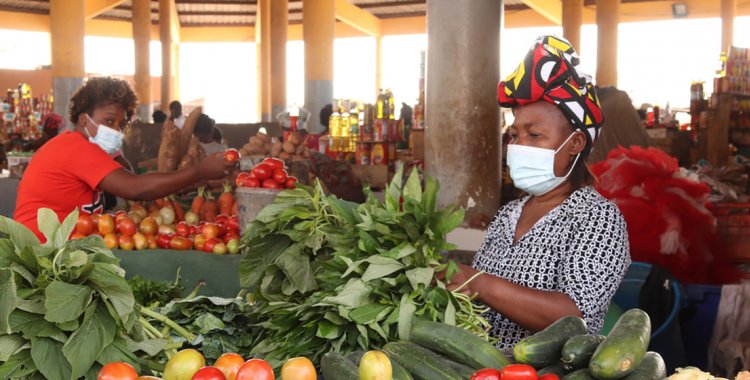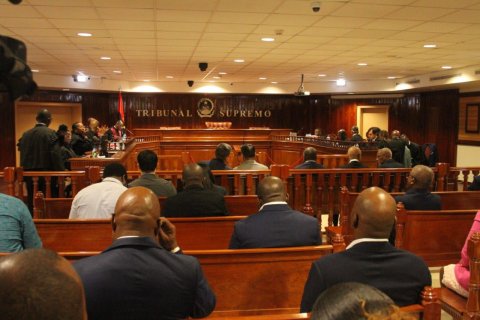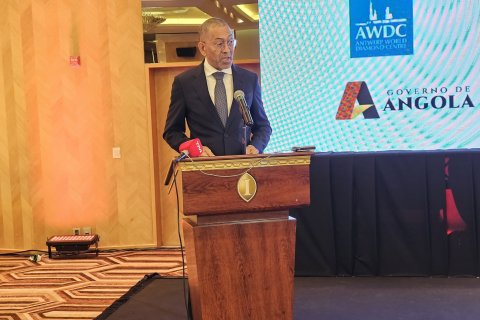The governor of Banco Nacional de Angola said, at a press conference after the meeting of the Monetary Policy Committee, that the year-on-year inflation rate stood at 26.87 percent, driven by the contribution of the food and non-alcoholic beverages class, whose variation was 33.55 percent.
José de Lima Massano said that despite the slight deceleration observed, inflationary pressures persist in the economy, with a scenario of inflection in the trajectory of inflation being expected from 2022, which means that the restrictive course of monetary policy will be maintained in the short term.
In his intervention, the deputy governor of the Banco Nacional de Angola, Manuel Tiago Dias, also said that inflationary pressures persist, but the perspective is for a reduction from 2022 on.
"What we expect is that next year we will have lower monthly inflation rates, currently we have, from the month of April this year, monthly inflation rates above 2 percent and that is what makes us have a trend of pace of price growth, because in the previous year we had lower monthly inflation rates, our perspective is that in 2022 we will have lower monthly inflation rates", he referred.
Manuel Tiago Dias pointed out that if the year ends with an average inflation rate of 25 percent, with lower monthly inflation rates next year, a downward price trend is expected, which would lead to an average inflation rate in the 18 percent year.
In turn, José de Lima Massano added that the country has been experiencing a period of high prices on the international market, marked by an insufficiently supplied demand for food, which ends up having an impact on all other countries, economies that are very dependent on food import.
"We have also registered an increase in the costs of transporting goods. It has even reached the point where there are no containers for the transport of goods", he said, noting that internally there are also known imitations, particularly in 2020, with the drought, floods, which affected the availability of locally produced food.
José de Lima Massano also mentioned difficulties in the sale and conservation of products.
"But there are a number of changes that are taking place, externally, the latest data we have in relation to cereals, we already see greater stability, internally, customs measures were taken that will positively impact prices, the temporary suspension of customs duties, the reduction of VAT next year for products of ample consumption," he said.
"On our side, we are going to maintain a restrictive course of monetary policy. Essentially, we are going to have a currency supply compatible with the pace of economic growth," he stressed.
According to the Angolan central bank governor, this restrictive course of monetary policy has also contributed to the stability of the foreign exchange market, which adds to the fact that the price of the main export product, oil, has increased external accounts.
"And this is how we are also forecasting that it will continue throughout 2022. Therefore, on that front and with the assumptions we have today, with the maintenance of the restrictive course of monetary policy, we should also have a stable exchange market, which will compete so that prices in the economy reach the goals that were already mentioned", he stressed.







